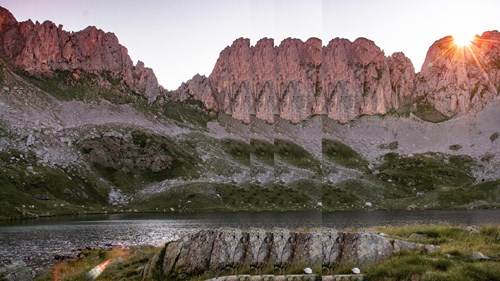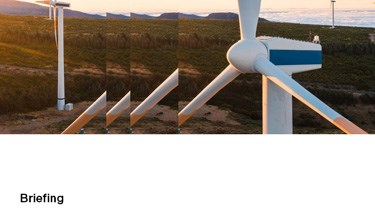New regulations to restrict the location of wind farms in Poland
The government is supporting the parliamentary draft law that aims to restrict the construction of new wind farms. The draft submitted to the Parliament by the MPs of the ruling party Law and Justice (Prawo i Sprawiedliwość - PiS) requires, amongst other things, that wind turbines have to be located at a distance from residential buildings which is not less than its ten times their height – in practice this can mean up to two kilometres. It is going to be the most exacting standard in Europe. Pursuant to the current regulations, the distance between a wind turbine and other buildings has in each case been determined on the basis of noise measurements.
At the first reading in the Sejm (the lower chamber of the Polish Parliament), the government declared its support for the discussed law. Although some minor technical amendments were announced as well, he Ministry of Energy, however, at the same time highlighted its full backing of the authors of the draft.
Both PiS MPs and members of the government repeatedly emphasized that they wanted to limit the construction of wind farms due to their concern for rural residents, who do not wish to have wind turbines right outside their windows. The government as well as the deputies stressed they were not opposed to renewable energy sources, but on the other hand cannot disregard the risks that might arise from them. During the work on the draft it was stated that at present a significant number of these farms were built without further reflection and in places that could possibly be harmful to health.
The threat mentioned above is primarily the noise generated by the wind turbine - inaudible low-frequency sounds, that can be detrimental to the human body. The risk of a propeller being wrenched off or the possibility of pieces of detatching from the wind turbine were under consideration as well.
The draft law is controversial though. Especially some social organizations, ecologists and experts on renewable energy sources have raised their objections. One of the organizations has presented its analysis, based on which the restrictions on the construction and operation of wind farms under the new law are going to be more strict than in the case of coal plants. It will, for instance, be possible to build new wind farms only provided they are included in the local spatial development plans, while for other facilities of this kind an administrative decision is sufficient. Some voices joined the discussion stating that instead of organizing the formation of wind farms, the act can in practice make their building in Poland impossible or excessively difficult. The government firmly refutes these allegations.
The legislative process is in progress. The Sejm has already finished the first reading of the act. The next steps to be taken are adopting the Act in the lower chamber of Parliament, its acceptance by the higher chamber (Senat) and signature by the President. However, taking into consideration the fact that the act is supported by both the parliamentary majority and the government, any major changes are highly unlikely. It is very probable that the act will come into force in the first half of 2016. Well
informed
Subscribe to our newsletter now to stay up to date on the latest developments.
Subscribe now







